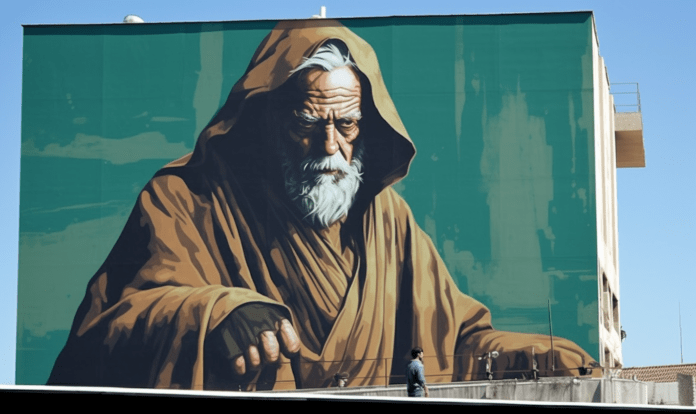Vistar Media, a global frontrunner in programmatic technology for digital out-of-home (DOOH) advertising, made a significant announcement on August 16, 2023. The company proudly introduced the Vistar Academy certification program, aptly titled “Accelerate: Foundations of Digital Out-of-Home.” This groundbreaking initiative aimed to revolutionize the industry by equipping agency and brand marketing teams, as well as media owners, with the essential knowledge and expertise required to conceptualize, produce, and execute programmatic DOOH advertising campaigns with mastery.
Vistar Media’s Senior Vice President of Marketing, Leslie Lee, expressed her enthusiasm for the launch, stating, “The Accelerate certification program provides advertising practitioners with a comprehensive curriculum covering the fundamentals and benefits of DOOH advertising, as well as key innovations brought about by programmatic technology.” This program was designed to instill participants with the confidence and skills to efficiently manage programmatic DOOH campaigns, while seamlessly integrating DOOH strategies into their broader omnichannel advertising approaches.
The Vistar Academy’s groundbreaking certification initiative was structured to accelerate participants’ understanding of DOOH through a series of meticulously designed sessions, each focusing on critical aspects of the channel:
- Foundations of Programmatic Technology: Attendees delved into the inner workings of programmatic technology and its pivotal role in driving innovation within the out-of-home advertising industry.
- Roles and Responsibilities: This session illuminated the roles and responsibilities of both buyers and sellers within the programmatic OOH ecosystem, offering a comprehensive understanding of the collaborative dynamics at play.
- Targeting Strategies: Participants gained insights into effective targeting strategies, including audience segmentation, triggers that activate ads, and points of interest that drive engagement.
- Mastering the Data Landscape: An in-depth exploration of data sources, impression mechanics, and the vital importance of accurate targeting and measurement in the DOOH realm.
- DOOH Creatives: This module focused on the artistic aspect of DOOH campaigns, covering dynamic creative, transcoding, approval processes, best practices, and more.
- Tools for Success: The program culminated with participants equipped with real-world tools and best practices, priming them for success in the rapidly evolving programmatic advertising landscape.
Upon successfully completing the Vistar Academy’s “Accelerate: Foundations of Digital Out-of-Home” certification program, participants received an official certification, a testament to their profound understanding of the channel. This credential not only served as a badge of honor but also granted them a competitive edge within the industry.
It’s noteworthy that the Vistar Academy’s commitment to excellence extended beyond this foundational program. The academy also offered certifications tailored for existing customers utilizing the company’s Demand-Side Platform (DSP) and Supply-Side Platform (SSP) systems. This approach demonstrated Vistar Media’s dedication to fostering a community of informed and empowered professionals within the programmatic advertising sphere.
Vistar Media’s overarching mission of enhancing every OOH transaction with automation, data, and measurement found its realization in this pioneering certification program. The company’s extensive marketplace for programmatic out-of-home transactions, facilitated by its Demand-Side Platform (DSP), Supply-Side Platform (SSP), and Data Management Platform (DMP), spoke volumes about their commitment to pushing boundaries and setting new standards in the industry.
The launch of the Vistar Academy’s certification program was more than an announcement; it was a catalyst for change within the advertising realm. As participants completed their training and earned their certifications, they not only elevated their personal skills but also contributed to the broader transformation of the advertising landscape. Through this initiative, Vistar Media was shaping the future of programmatic DOOH advertising, one certified practitioner at a time.






















